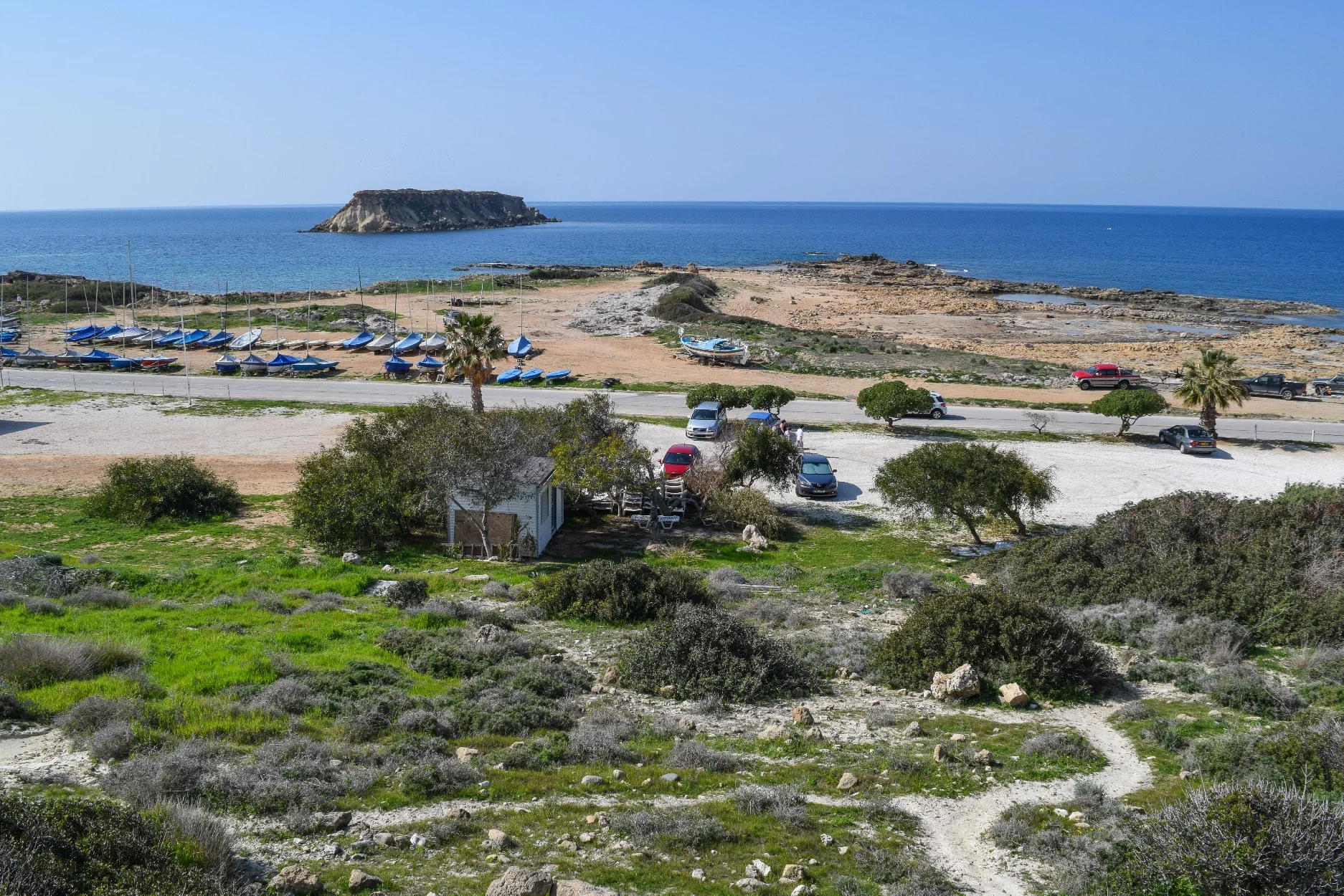An international team of archaeologists have concluded this season’s program of excavations and surveys at Agios Georgios and Yeronisos Island in the Paphos District of Cyprus.
Agios Georgios was first excavated during the 1950’s, revealing an extensive early Christian settlement from the Byzantine period.
These excavations uncovered three Basilicas and a bathhouse from the 6th century AD, with later investigations finding the remains of a settlement that occupied the neck and the south slope of the cape in the Roman and early Christian periods.
The recent study, which is part of the Yeronisos Island Expedition, surveyed an area of 3.5 km’s of the Cape Drepanum coastline, from the Sea Caves at the south to the Aspros River at the north.
Archaeologists excavated two trenches on the shoreline, uncovering vast deposits of late Roman amphorae that were likely dumped during antiquity.
Quantities of Late Roman 1 type amphorae of local Paphian manufacture were recovered, together with so-called ‘Palestinian bag-shaped amphorae’ and ‘Gaza Jars,’ suggesting maritime connections between Cape Drepanum and South Palestine in the 6th century AD.
On Yeronisos Island, archaeologists uncovered remnants of late Ptolemaic walls and discovered Hellenistic and early Byzantine pottery within two excavation trenches.
The excavations on Yeronisos have identified three distinct periods of occupation: the Early Chalcolithic (3800 BC), the Late Hellenistic (80–30 BC), and the Byzantine (6th–7th century and 13th century). The Late Hellenistic period marks the peak of activity where the island may have been the site of a sanctuary in dedication to Apollo during the 1st century BC.
Header Image Credit : Shutterstock
Sources : Republic of Cyprus





